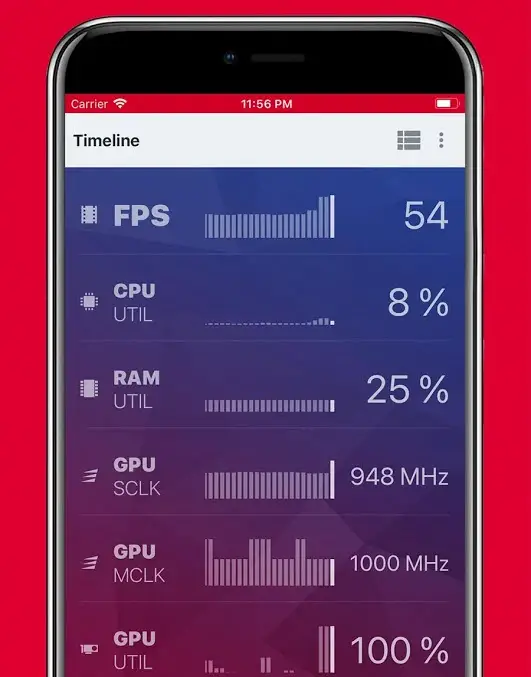
- #AMD LINK TIMEOUT DRIVERS#
- #AMD LINK TIMEOUT DRIVER#
- #AMD LINK TIMEOUT SOFTWARE#
- #AMD LINK TIMEOUT SERIES#
To see this content please enable targeting cookies. As such, before we get into how Baldur’s Gate 3 runs on the Steam Deck or which settings you should use for it, I hope you’ll afford me a rant. Actually getting to that point, however, was a minor nightmare, plagued by hard crashes that took one of the Steam Deck’s most obscure tools to fix. That Playable certification will have been granted off its early access performance, and now that I’ve wandered around the review build for a few hours, I can confirm that playable it most certainly is, with some especially smart control tweaks to accommodate a lack of mouse and keyboard. Larian Studios’ RPG also happens to have earned Valve’s Playable rating for Steam Deck compatibility, which usually signals a game that’s most fine on the SteamOS handheld – it might just have some small text, or no 16:10 display support. All the stuff on general performance, settings, and battery life still applies.īaldur's Gate 3 is launching with a relatively clean bill of technical health, so long as you’re playing it on an honest to goodness Windows PC.
#AMD LINK TIMEOUT SOFTWARE#
This means you can safely ignore the first part of this article, where I whinge about software instability as if it’s the the most heinous atrocity humankind has ever inflicted on itself. Valve have even upgraded Baldur’s Gate 3 from Playable to Verified for Steam Deck play, reflecting its newfound handheld-readiness. No more collapsing back to the Steam library on startup, and no forcing the use of Proton Experimental – it should launch and work straight away.
#AMD LINK TIMEOUT DRIVERS#
Your card isn't like mine, but I think you should suspect the drivers considering what I went through with some of their recent drivers.Update, and a rather important one at that: The crashing issues I’ve had with Baldur’s Gate 3 on the Steam Deck have been, as far as I can tell, fully fixed. It's fine on these old 20.10.1 drivers, but I guess it's possible that new drivers enable new features by default that a card of my caliber simply can't handle properly (unbeknownst to the AMD team). I don't think there is anything wrong with my card, and it wasn't overheating or something like that.
#AMD LINK TIMEOUT DRIVER#
I think that sometimes there is no driver timeout, but the Oculus Link app will immediately stop working. Sometimes, I could barely start watching a video in Chrome, and using Oculus (Air) Link or Virtual Desktop on the Quest 2 had either instant or eventual driver timeouts. I think the issue is more complex than believed, and it persisted even when I had tried many recommended and optional driver versions between 20.11.1 and 21.6.2.
#AMD LINK TIMEOUT SERIES#
With 21.3.1 drivers, a known issue appeared: " Radeon RX 400 and 500 series graphics products may experience a TDR during extended periods of video playback". At one point with recent drivers, everything was working order, but I updated in the past month or so, and I started to experience occasional driver timeouts that I thought were the result of summer heating up and VR taxing my system even if I was just viewing normal, lightweight programs on my desktop through Virtual Desktop. There is possibly some 21.x.x driver that works well, but I didn't have luck with many. It was only after I had to go back to find drivers that worked that I found these apparent issues. I didn't go through this when these drivers first came out. For me, the headset would immediately show a message about Oculus Link app having stopped working.

In several succeeding drivers versions that came after that known-working driver, Oculus (Air) Link was reported by many to crash. To solve it completely, I had to go all the way back to version 20.10.1. I had a similar problem with recent drivers for the RX 580.


 0 kommentar(er)
0 kommentar(er)
